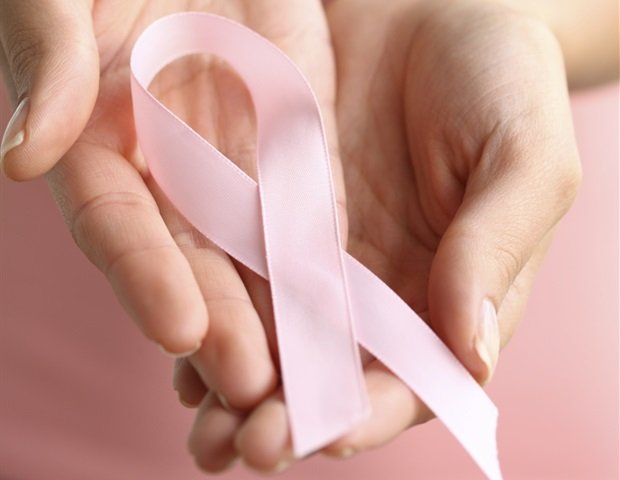The use of artificial intelligence enables women at high risk of breast cancer to be identified in mammograms so that the cancer can be detected earlier. An international research team led by the Karolinska Institute in Sweden can now show that the method is effective in several European countries. The study is published in The Lancet Regional Health – Europe.
An artificial intelligence-based risk model for evaluating mammographic images is able to identify women at high risk of breast cancer who may need additional tests to improve early detection. After testing the method on more than 8,500 women in Italy, Spain and Germany, the researchers can now show that the model works well in different populations.
In current mammography programs, women are screened at a set age (40-74 years in Sweden) and time interval, often every two years. However, research has shown that the risk of developing breast cancer varies, meaning that women would benefit from individualized screening by gaining a better idea of their personal risk. Risk models have been around for decades and are often based on a woman’s family history of breast cancer and lifestyle factors.
AI detects tiny changes
By allowing a trained artificial intelligence to examine control images, the researchers developed an entirely new type of risk model based on tiny changes in the images that are too small for the human eye to detect.
It’s not as simple as traditional models that use a handful of factors like genes, as there are thousands of factors in the picture to consider. The AI is able to find different patterns in these factors, each of which is weak but the AI can combine. Artificial intelligence can also give an overall assessment of what is likely to happen to the breast in the future.”
Mikael Eriksson, study leader, postdoctoral researcher at the Department of Medical Epidemiology and Biostatistics, Karolinska Institutet
Currently, a large number of women are diagnosed at a later stage and may even develop breast cancer between screenings. The AI-based risk model can be used to determine which women need additional screening to complement their regular mammogram so that any tumors can be detected earlier. The current study confirms previous reports in which the AI-based risk model was able to identify a group of women who were nearly seven times more likely to develop breast cancer than the general population.
Personalized control
“Although about six percent of women were high-risk, they are screened today in the same way as low-risk women,” says Dr. Erickson. “We think a tailored screening might be more appropriate for these women.”
However, the purpose of this study was not to examine clinical use per se, but to examine whether the method, which had already been evaluated in Sweden and the USA, also works in different mammography programs across Europe.
“You first develop the model and test it in a slightly more limited population, then demonstrate generalization to other populations, after which you get to a point where you believe the model works,” he continues.
The next phase of the research is to conduct a clinical trial in Europe in which women are screened when screened and given different treatments depending on the risk value given by the AI model. This method was clinically evaluated in the US several years ago.
“We are now looking at the possibility of introducing the model to Europe,” says Dr. Erickson.
The study was funded by the Swedish Research Council and the Swedish Breast Cancer Association. Mikael Eriksson holds a patent for an image-based breast cancer risk model under license to US company iCAD, Nashua, NH.
Source:
Journal Reference:
Erickson, M., et al. (2023) European validation of an image-derived AI-based short-term risk model for personalized breast cancer screening – a nested case-control study. The Lancet Regional Health – Europe. doi.org/10.1016/j.lanepe.2023.100798.
